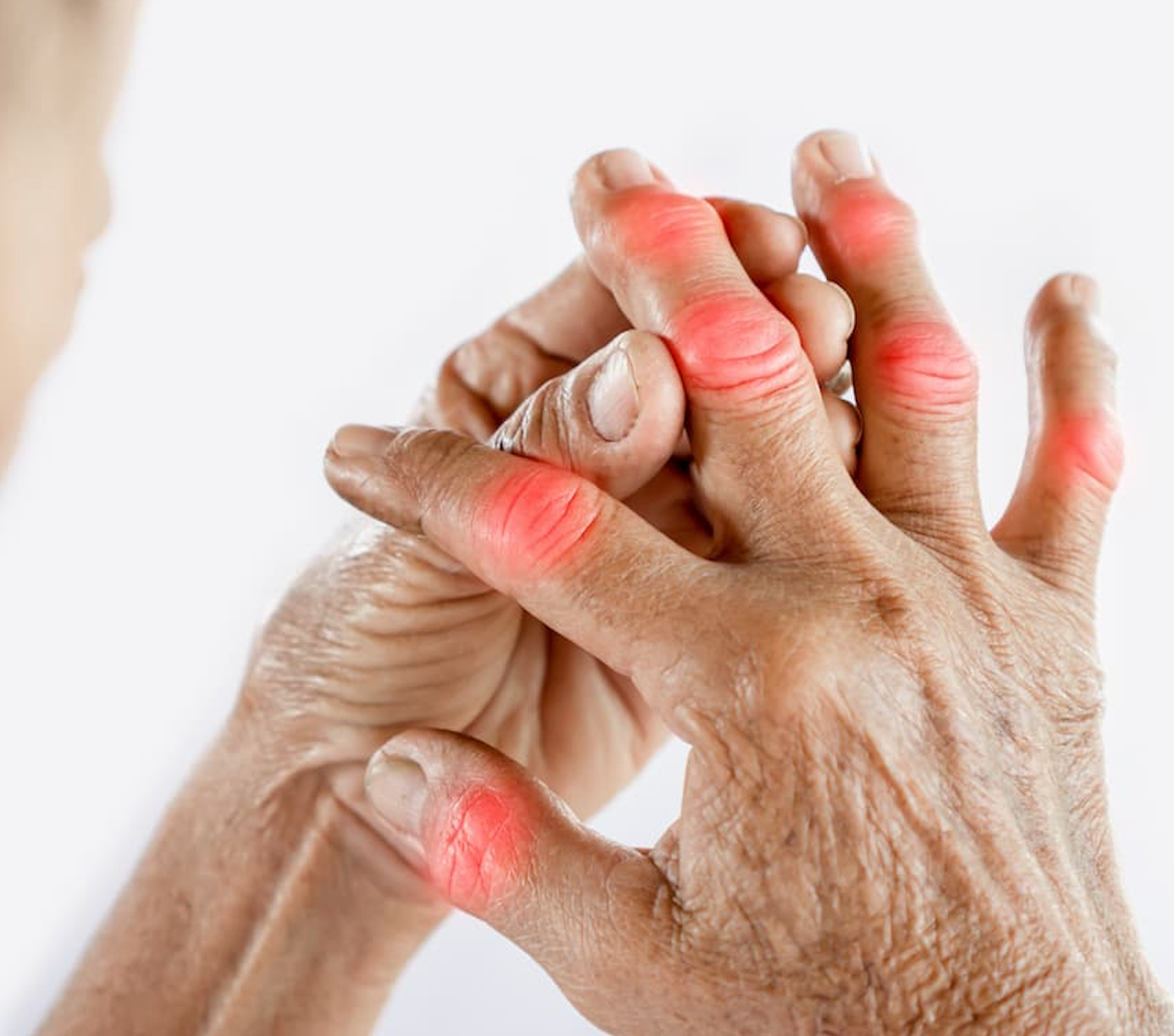News
Article
Study Evaluates SIRI as a Potential Inflammatory Marker in Gouty Arthritis
Author(s):
SIRI emerged as a significant factor influencing acute gout attacks, shedding light on a prospective diagnostic tool.
Credit: Adobe Stock/doucefleur

The systemic inflammatory response index (SIRI) was an influencing factor of acute gout attack, demonstrating its potential to be used as a new inflammatory marker of disease activity in patients with gouty arthritis, according to a study published in Journal of Inflammation Research.1
Gouty arthritis is characterized by abrupt swelling, redness, pain, and dysfunction of the affected joint and can lead to chronic inflammation, cartilage damage, bone erosion, and damage to the joint tissues. Although erythrocyte sedimentation rate (ESR) and C-reactive protein (CRP) are used to determine disease activity, they are complex and offer limited clinical application.2 Therefore, other inflammatory markers to assess disease activity are needed.
“Previous studies have shown that the monocyte to lymphocyte ratio (MLR) and neutrophil to lymphocyte ratio (NLR) are higher in patients with GA than healthy controls and may be a strong predictive marker for a gout attack,” wrote a group of Chinese investigators. “However, systemic immune-inflammatory index (SII) and SIRI have never been investigated in patients with gouty arthritis.”
To explore the link between SIRI, SII, and disease activity in gout, investigators conducted a retrospective study at the Affiliated Hospital of North Sichuan Medical College, in China, from March 2018 to May 2023. A total of 873 male patients with primary gout were enrolled in the study: 474 patients with acute gouty arthritis and 399 patients with intercritical gouty arthritis. The study also included 194 age-matched healthy controls. Patients were categorized by whether they presented with a gout flare or not.
Differences in SII, SIRI, platelet to lymphocyte ratio (PLR), NLR, and MLR levels were evaluated. Changes prior to and during treatment in both gout cohorts were assessed. Influencing factors for acute gout flare were determined using multivariate logistic regression and demographic information including age, sex, and body mass index was collected.
Compared with the intercritical gouty arthritis cohort, the PLR, C-reactive protein (CRP), incidence of hyperlipidemia, and the erythrocyte sedimentation rate (ESR) were significantly higher in the acute gouty arthritis. However, the duration of their disease was significantly shorter (P <.05).
The SII, SIRI, NLR, and MLR levels were significantly higher in the acute gouty arthritis cohort compared with the intercritical cohort and controls (P <.05). After treatment, decreases in SII, SIRI, NLR, and MLR were reported in the acute gout group (P >.05), although no significant differences were observed in the intercritical gout group pre- and post-treatment (P >.05).
SIRI, SII, MLR, NLR, and PLR were positively associated with ESR and CRP, important inflammatory indicators for measuring disease activity (P <.05). Results of the multivariate logistic regression analysis demonstrated the duration of disease, SIRI, ESR, CRP, and hyperlipidemia were influencing factors of acute gout flare (P <.05). The area under the curve (AUC) of ESR, SIRI, and CRP on the diagnosis in acute gouty arthritis were .664 (95% confidence interval [CI]: .628 – .699), .674 (95% CI: .639 – .709), and .755 (95% CI: .724 – .787), respectively. When diagnosing acute gout, SIRI was superior compared with ESR.
Investigators noted the modest sample size and enrolling all patients from a single center as limitations. They recommend future research focus on multicenter trials with larger sample sizes to confirm the findings.
“This study is the first to evaluate the association between gouty arthritis and SIRI, and the obtained results suggest that the SIRI can serve as a new index capable of assessing disease activity,” investigators concluded.
References
- Jiang Y, Tu X, Liao X, et al. New Inflammatory Marker Associated with Disease Activity in Gouty Arthritis: The Systemic Inflammatory Response Index. J Inflamm Res. 2023;16:5565-5573. Published 2023 Nov 24. doi:10.2147/JIR.S432898
- Singh JA, Gaffo A. Gout epidemiology and comorbidities. Semin Arthritis Rheum. 2020;50(3S):S11–S16. doi:10.1016/j.semarthrit.2020.04.008




